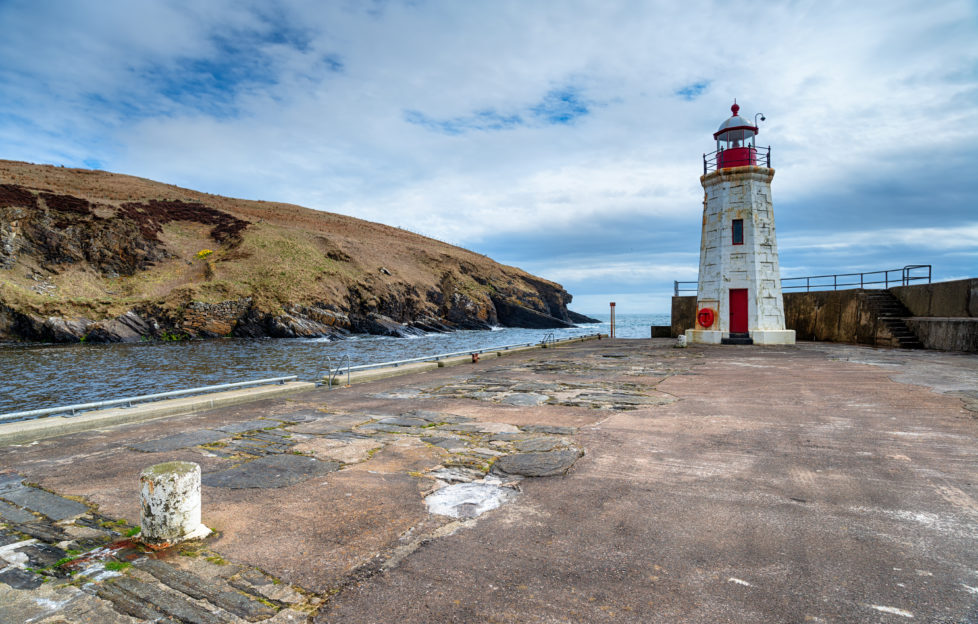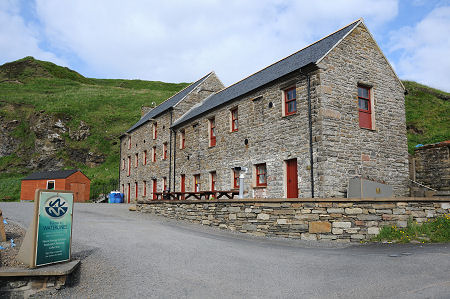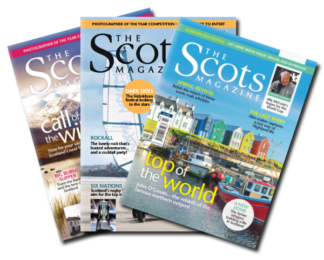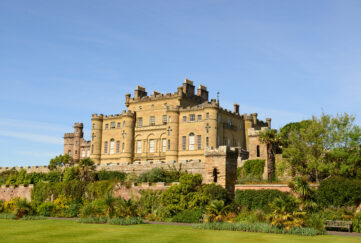Read Between The Waterlines

Discover an important part of Caithness’s rich local history at Waterlines Heritage Centre, this month’s bonus Focus On the North East…
When driving along the A90 towards the very north of Scotland, you will pass through the little village of Lybster. When driving through you could easily dismiss the village as a single unremarkable street, but if you venture off the beaten track and turn towards the shore, you will reach the heart of this once-thriving fishing village.
With the decline of the fishing industry, Lybster needed to find a new way to thrive. There was no doubt that this pretty village had so much to offer, they just needed a way to draw in passers-by from the busy main road. At the heart of that effort of regeneration was Waterlines Heritage Centre.
Opened in 2001, Waterlines remains a staple attraction of the popular North Coast 500 route today. At the heart of Lybster’s beautiful harbour, Waterlines is housed in restored buildings used during the boom of the fishing industry and it now stands as testament to the village’s rich history.
Waterlines tells the story of the Caithness Herring Boom and the important role that Lybster played. Split over two floors, the heritage centre is packed with fascinating history and artefacts.
Lybster Harbour was once home to 357 boats that came back laden with herring every day. At its peak, 50,000 barrels of herring were exported from the village annually. It was a ginormous operation that enveloped the whole town. Behind each barrel of fish stood 1500 fishermen, 100 coopers, 700 gutters and packers, and 900 others involved with activities like maintenance and net making. Throughout the Waterlines exhibition, you can learn the stories of these men and women, built of such mettle and perseverance.

Waterlines Heritage Centre. Credit: Waterlines Heritage Centre’s Facebook page.
The experience at Waterlines is also focused on engaging younger visitors, and there are two activities in particular that kids will love. The area’s history and heritage play a large part in the exhibition but there is also a focus on the natural world and the resources that allowed Lybster to prosper as it did.
The geology of Caithness and the area around Lybster is a wonder and often offers up intriguing discoveries and artefacts. Some such treasures are on display in Waterline’s impressive geology exhibition. Here kids can examine the curious collection of fossils and rocks, and take rubbings to create unique keepsake artwork.
Another firm favourite at the centre are the seabird cameras. This fantastic innovation allows visitors to view the neighbouring cliff’s resident seabirds without disturbing so much as a feather. You can control the cameras yourself to come face to face with birds such as guillemots, shags and razorbills. You will be hard pushed to find a better view in Caithness!
This visitor experience, packed with fascinating history and exhibitions, also has one final feather in its cap. The lower floor of the centre is home to the Waterlines café, and if you haven’t got time to explore the whole museum then you must at least stop off for a bite to eat on your way north. Commanding beautiful views over the North Sea, it is the perfect spot to refuel with fresh crab rolls and delicious cakes.
Local heritage centres such as Waterlines play such a crucial role in preserving Scotland’s history, and it is always worth venturing a little off the beaten track to discover these fascinating stories.
For more information (CLICK HERE)
You can read more of Focus On Scotland online here, and each month in The Scots Magazine.
Subscribe to The Scots Magazine today for more from our monthly Focus On >>






